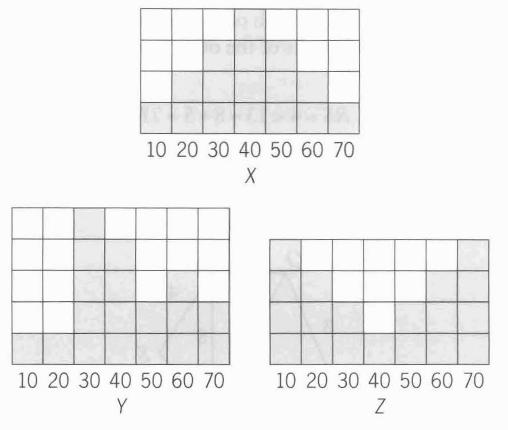Events & Promotions
|
|

GMAT Club Daily Prep
Thank you for using the timer - this advanced tool can estimate your performance and suggest more practice questions. We have subscribed you to Daily Prep Questions via email.
Customized
for You
Track
Your Progress
Practice
Pays
Not interested in getting valuable practice questions and articles delivered to your email? No problem, unsubscribe here.
- Nov 20
07:30 AM PST
-08:30 AM PST
Learn what truly sets the UC Riverside MBA apart and how it helps in your professional growth - Nov 20
11:00 AM EST
-11:59 PM EST
Don’t miss Target Test Prep’s biggest sale of the year! Grab 25% off any Target Test Prep GMAT plan during our Black Friday sale. Just enter the coupon code BLACKFRIDAY25 at checkout to save up to $625. - Nov 22
11:00 AM IST
-01:00 PM IST
Do RC/MSR passages scare you? e-GMAT is conducting a masterclass to help you learn – Learn effective reading strategies Tackle difficult RC & MSR with confidence Excel in timed test environment - Nov 23
11:00 AM IST
-01:00 PM IST
Attend this free GMAT Algebra Webinar and learn how to master the most challenging Inequalities and Absolute Value problems with ease. - Nov 30
10:00 AM EST
-11:59 PM EST
Get $325 off the TTP OnDemand GMAT masterclass by using the coupon code BLACKFRIDAY25 at checkout. If you prefer learning through engaging video lessons, TTP OnDemand GMAT is exactly what you need.
Kudos
Bookmarks
E
Be sure to select an answer first to save it in the Error Log before revealing the correct answer (OA)!
Difficulty:
 15%
(low)
15%
(low)
Question Stats:
78% (01:21) correct 22%
(02:10)
wrong
22%
(02:10)
wrong  based on 3596
sessions
based on 3596
sessions
History
Date
Time
Result
Not Attempted Yet
If the variables, X, Y, and Z take on only the values 10, 20, 30, 40, 50, 60, or 70 with frequencies indicated by the shaded regions above, for which of the frequency distributions is the mean equal to the median?
(A) X only
(B) Y only
(C) Z only
(D) X and Y
(E) X and Z
Attachment:
Untitled.png [ 94.26 KiB | Viewed 71369 times ]
Kudos
Bookmarks
SOLUTION

If the variables, X, Y, and Z take on only the values 10, 20, 30, 40, 50, 60, or 70 with frequencies indicated by the shaded regions above, for which of the frequency distributions is the mean equal to the median?
(A) X only
(B) Y only
(C) Z only
(D) X and Y
(E) X and Z
The frequency distributions for both X and Z are symmetric about 40, which means that both X and Z have mean = median = 40.
Answer: E.
If the variables, X, Y, and Z take on only the values 10, 20, 30, 40, 50, 60, or 70 with frequencies indicated by the shaded regions above, for which of the frequency distributions is the mean equal to the median?
(A) X only
(B) Y only
(C) Z only
(D) X and Y
(E) X and Z
The frequency distributions for both X and Z are symmetric about 40, which means that both X and Z have mean = median = 40.
Answer: E.
Kudos
Bookmarks
For Mean and Median to be same, the data should be evenly distributed around the mean. Also, if the distribution is symmetrical, the mean is equal to median.
In X and Z, we can conclude that the mean and median is same because the distribution is symmetrical around the mean (40).
In Y, however, median will be a clearly be multiple of 10 but the mean comes out to be 760/18 which is not a multiple of 10. So clearly Y is not an option to pick.
Therefore, IMO, answer is E.
In X and Z, we can conclude that the mean and median is same because the distribution is symmetrical around the mean (40).
In Y, however, median will be a clearly be multiple of 10 but the mean comes out to be 760/18 which is not a multiple of 10. So clearly Y is not an option to pick.
Therefore, IMO, answer is E.













